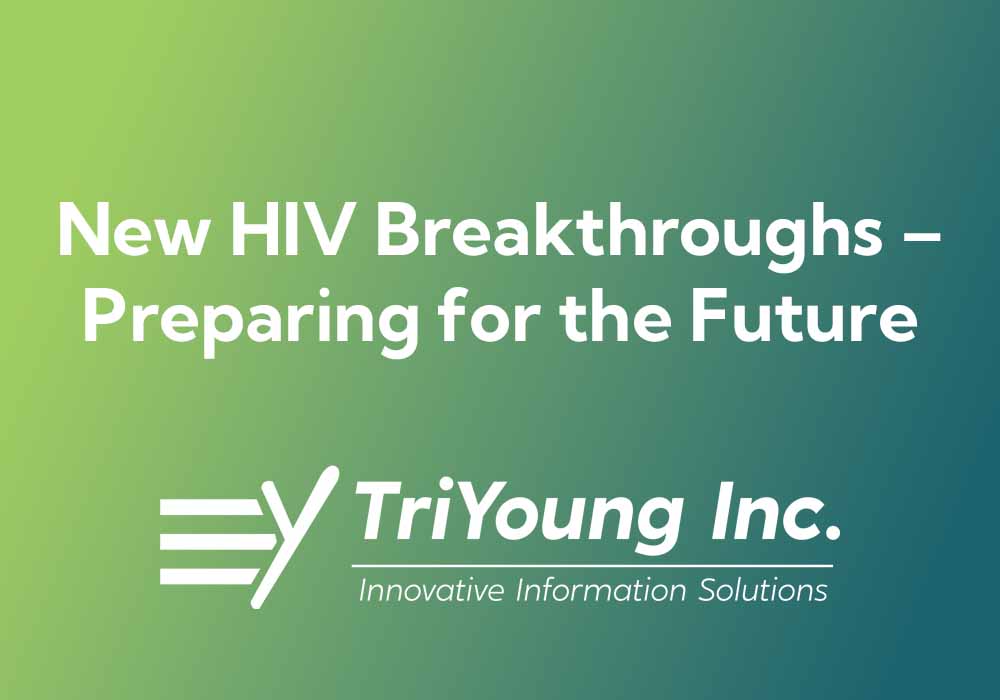As nonprofit organizations seek to make the most significant impact possible, the efficiency of their daily operations plays a pivotal role in determining the effectiveness of their services. In this context, we must emphasize the value of business workflow analysis for nonprofits. By examining and optimizing their internal processes, these organizations can maximize their resources, allowing them to devote more time and energy to their core mission and the communities they serve.
The fundamental purpose of business workflow analysis is to identify, evaluate, and optimize the processes and systems that power an organization’s daily operations. For nonprofits, this can range from managing donor information to coordinating volunteer efforts, and everything in between. As resources are often stretched thin, and the pressure to utilize every dollar wisely looms large, there’s no room for waste or inefficiency. Business workflow analysis provides a structured approach towards enhancing efficiency within a nonprofit’s operational processes, ensuring the best possible use of limited resources.
We must understand that no two nonprofits are identical, and each organization’s workflow analysis process will be unique. The initial step for any organization is to evaluate its current workflows and identify potential areas for improvement. This audit will reveal process bottlenecks, redundancies, and inefficiencies that could be hindering the organization’s effectiveness.
In this article, we delve deeper into the importance of business workflow analysis for nonprofits, exploring its benefits and best practices for implementation. As a nonprofit leader, you’ll discover how optimizing your business workflows can streamline your operations, enabling you to focus more on your transformative and life-changing work.
The Pillars of Business Workflow Analysis
Before diving into the benefits and implementation steps, it’s essential to understand the core components of business workflow analysis that apply to nonprofit organizations. These components include:
- Process Mapping: Visualizing the complete workflow of a specific process within the organization by outlining each task, phase, and decision point. This helps identify redundancies and areas for improvement.
- Data Collection and Analysis: Gathering data on each aspect of the process, such as time spent, resources used, and outcome quality. This data-driven approach allows organizations to analyze their workflows with precision and make informed improvements.
- Optimization: Using the insights gained during process mapping and data analysis, organizations can identify specific measures for improving their workflows. This could involve eliminating unnecessary tasks, automating manual tasks or streamlining communication channels.
- Documentation and Maintenance: Developing and maintaining detailed documentation of all workflows within the organization. Regular reviews and updates ensure that processes remain efficient and adaptive to changing needs.
With these fundamental components in mind, let’s examine how business workflow analysis can benefit nonprofits and explore the steps to implementing an effective optimization strategy.
Key Benefits of Business Workflow Analysis for Nonprofits
- Time and Resource Optimization: By streamlining operational processes, nonprofits can save valuable time and resources that can then be redirected toward their primary mission, ultimately increasing their impact on the communities they serve.
- Increased Accountability and Transparency: A thorough workflow analysis enables nonprofits to develop clearly defined roles and responsibilities, leading to improved accountability and transparency in the organization’s activities.
- Improved Decision-Making: Business workflow analysis provides decision-makers with the insights needed to make informed, data-driven decisions regarding resource allocation, strategic planning, and overall efficiency enhancements.
- Enhanced Collaboration and Communication: By identifying bottlenecks and inefficiencies in communication channels, organizations can apply suitable solutions that promote more effective collaboration and reduce potential misunderstandings or delays in their projects.
Implementing Business Workflow Analysis in Your Nonprofit
Now that we understand the benefits of business workflow analysis, let’s explore the steps a nonprofit organization can take when implementing it.
- Identify Priority Areas: Start by determining the priority areas within your nonprofit that require workflow analysis. This could be donor management, volunteer coordination, or any other critical operations that directly impact the organization’s ability to fulfill its mission.
- Assemble a Workflow Analysis Team: Form a team with representatives from each department involved in the priority areas, as their input and collaboration are essential for a successful workflow analysis.
- Map the Current Workflow: Using flowcharts or other visual tools, map out the existing workflow in detail, ensuring that all tasks, phases, decision points, and stakeholders are represented.
- Collect and Analyze Data: Gather data on each aspect of the current workflow, including time spent, resources used, and the quality of outcomes. Analyze this data to identify inefficiencies, redundancies, and areas for improvement.
- Develop and Implement Solutions: With the insights gained from data analysis, create a plan for streamlining and optimizing the workflow. Implement the proposed solutions and involve all team members in this process to ensure buy-in and adherence to the new workflow.
- Monitor and Revise: Continuously monitor the progress and effectiveness of the new workflow. Make revisions and improvements based on feedback and observations, ensuring that the workflow remains efficient and adaptable to changing needs.
Developing a Culture of Continuous Improvement
For long-lasting efficiency, it’s crucial to foster a culture of continuous improvement within the organization. Encourage open communication and feedback among staff and volunteers, enabling them to voice their suggestions and concerns regarding workflow processes. Regular reviews and updates of documentation and workflows ensure that the organization remains responsive to its dynamic environment and consistently strives for better time and resource management.
Conclusion
Nonprofit organizations are driven by their mission and the need to make a meaningful impact on the lives they touch. Through business workflow analysis, these organizations can optimize their operations, saving crucial time and resources, and focus more on their transformative, life-changing work. Start streamlining your nonprofit’s workflows today, and watch as your organization becomes more efficient and effective in fulfilling its mission. For expert guidance on implementing business workflow analysis in your nonprofit, reach out to TriYoung and let us help you make a greater difference together.




